
Glucose or simple sugar is the main fuel for the bodys energy. Glucose is first transported from the liver or the intestine through the bloodstream to the cells in the body and then, the cells use glucose as a source of energy by means of the hormone insulin. The pancreas is the gland that produces insulin, which is responsible for the glucose levels in the blood.
A person can have low, normal or high level of glucose in the blood. Hypoglycemia is the condition when one has low levels of sugar in the blood. On the other side, when one has high blood sugar levels, it is considered to be hyperglycemia.
Normal blood sugar level
The normal blood sugar levels depend on many factors and they are different from person to person. They also depend on the age of the person, which is why in children the normal blood sugar level is regarded to be between 70 and 100 milligrams per deciliter, while in adult population it is regarded to be from 70 to 150 milligrams per deciliter. Furthermore, the blood sugar level below 70 milligrams per deciliter is considered to be low blood sugar level in both children and adults. On the other side, in children, the level of blood sugar higher than 140 milligrams per deciliter is regarded to be high blood sugar level, whereas in adult population, test results above 180 milligrams per deciliter are regarded to be high blood sugar levels.
Low and high blood sugar levels
When the level of sugar in the blood is less than 70 mg/dl, it is regarded to be low blood sugar level both in younger and older population. The test can show the results lower than 50 mg/dl if it is performed before a meal or when the insulin shock is in question. The blood sugar disorder characterized by high levels of sugar in the blood is called hyperglycemia.
Pre-diabetes blood sugar level ranges from 101 to 126 milligrams per deciliter before a meal or early in the morning, but two hours after meal it is usually from 140 to 200 milligrams per deciliter. The diabetes blood sugar level is higher than 126 mg/dl on an empty stomach, but two hours after a meal it is higher than 200 milligrams per deciliter. Hyperglycemia happens when the level of insulin in the blood is too low. This happens because the pancreas does not manufacture enough amounts of it, or when the body cells do not recognize insulin.


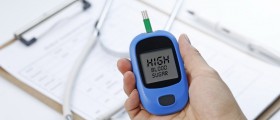
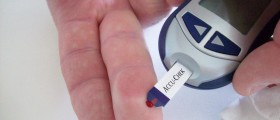
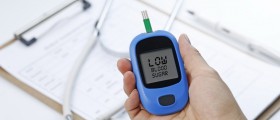
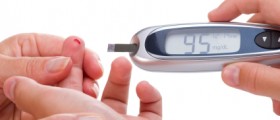
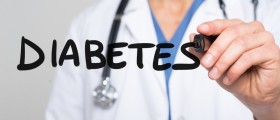

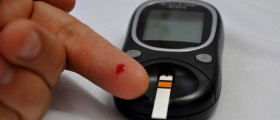


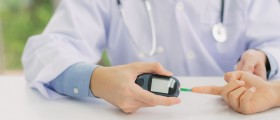





Your thoughts on this
Loading...